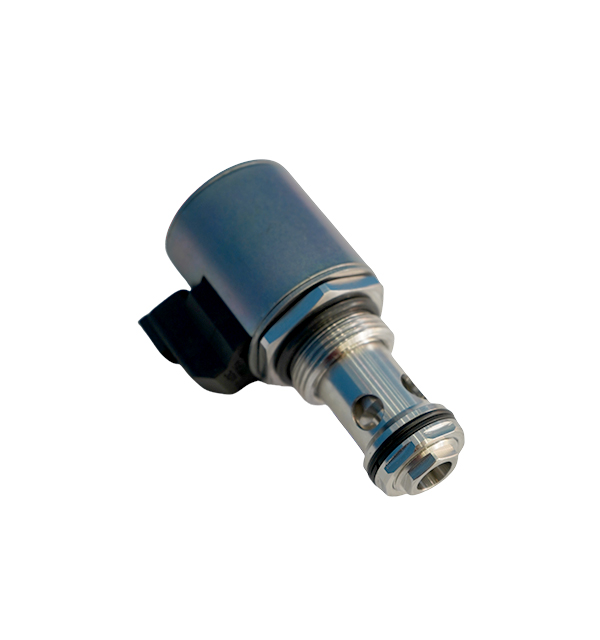Key Considerations for Installing Globe Valves and Exhaust Valves
Key Considerations for Installing Globe Valves and Exhaust Valves
I. Installation Precautions for Globe Valves
Flow Direction and Orientation
Flow Mark Compliance: Install strictly according to the flow direction marked on the valve body (typically indicated by an arrow), as reverse installation may reduce sealing performance or cause operational failure.
Optimal Mounting Position:
Vertical installation is preferred for DN≥50 valves to minimize stem wear; horizontal installation requires ensuring the stem is horizontal to avoid eccentric loading.
For valves in steam pipelines, install with the stem upward to prevent condensate accumulation in the bonnet.
Pipeline Preparation and Connection
Cleanliness Control: Thoroughly clean pipelines before installation to remove welding slag, rust, and debris; install a 20-40μm strainer upstream of the valve for media containing particles.
Connection Tightness:
For threaded connections, apply PTFE tape or anaerobic sealant (e.g., Loctite 567) with 3-4 layers, ensuring 6-8 threads are engaged.
For flanged connections, use gaskets compatible with the medium (e.g., spiral wound gaskets for high-pressure systems) and tighten bolts symmetrically in a cross pattern.

Thermal Expansion and Vibration Protection
Expansion Joint Installation: Install bellows or flexible joints on both sides of the valve in high-temperature pipelines (≥200°C) to compensate for thermal expansion (e.g., 10mm expansion per 100°C for steel pipelines).
Anti-Vibration Measures: Use damping supports for valves in vibrating environments (e.g., compressor pipelines), with support spacing ≤1.5D (D = pipeline diameter).
II. Installation Guidelines for Exhaust Valves
Optimal Location Selection
Gas Accumulation Zones: Install at the highest points of pipelines or equipment to efficiently discharge accumulated gas (e.g., the top of heat exchangers, the apex of U-shaped pipes).
Flow Velocity Consideration: Maintain upstream straight pipe length ≥10D and downstream ≥5D to ensure stable flow, avoiding installation in abrupt bends or reducers.
Height and Accessibility
Operation Clearance: Leave ≥500mm of space around the valve for easy manual operation and maintenance; install a platform if the installation height exceeds 2m.
Freezing Prevention in Cold Areas: Equip valves in outdoor or low-temperature environments with electric tracing (heating power ≥20W/m) and thermal insulation (thickness ≥50mm).
Protection Device Configuration
Debris Prevention: Install a 40-60μm mesh filter upstream of the exhaust valve to prevent impurities from blocking the orifice.
Anti-Suction Design: For vacuum systems, use exhaust valves with check valves to prevent outside air from entering the system during negative pressure operation.
III. Common Mistakes and Prevention
Valve TypeInstallation ErrorConsequencesPrevention Measures
Globe ValveReverse flow directionReduced sealing, increased pressure dropStrictly follow flow marking during installation
Over-tightened boltsDeformed flanges, gasket damageUse torque wrenches (e.g., 20-25N·m for M12 bolts)
Exhaust ValveInstalled at low pointsIncomplete gas discharge, reduced system efficiencyPrioritize highest pipeline points for installation
Lack of rain protection in outdoor useCorrosion of valve componentsInstall waterproof covers (IP65 rating)
IV. Testing and Commissioning
Globe Valve Testing
Hydrostatic Test: Apply 1.5× rated pressure for 15 minutes, with allowable leakage ≤0.01% of rated flow (ANSI Class VI standard).
Air Tightness Test: Use 1.1× rated pressure for gas media, checking for bubbles with soapy water (leakage rate ≤10 bubbles/min for DN50 valves).
Exhaust Valve Function Test
Bubble-Free Discharge: During system pressurization, ensure the exhaust valve releases gas smoothly without liquid ejection (validated at 1.05× operating pressure).
Automatic Closure Check: After gas discharge, verify that the valve closes automatically when liquid approaches, with no continuous flow (tested by water injection).
V. Material and Environment Matching
Globe Valve Materials:
316L stainless steel for corrosive media (e.g., seawater, acids).
Forged carbon steel (A105) for high-pressure steam (≤425°C, 16MPa).
Exhaust Valve Materials:
Brass (CW617N) for water systems (≤120°C).
304 stainless steel for outdoor applications to resist atmospheric corrosion.
VI. Industry-Specific Requirements
Petrochemical Industry: Globe valves must comply with API 6D, and exhaust valves with fire-safe design (API 607).
Building Water Supply: Exhaust valves should meet EN 1074-5, with anti-vacuum functions for high-rise buildings.
Power Plants: Install exhaust valves with drain ports in steam pipelines to prevent water hammer, rated for 540°C, 17MPa.
Proper installation of globe valves and exhaust valves ensures system sealing, flow stability, and safety, reducing maintenance costs and operational risks.
